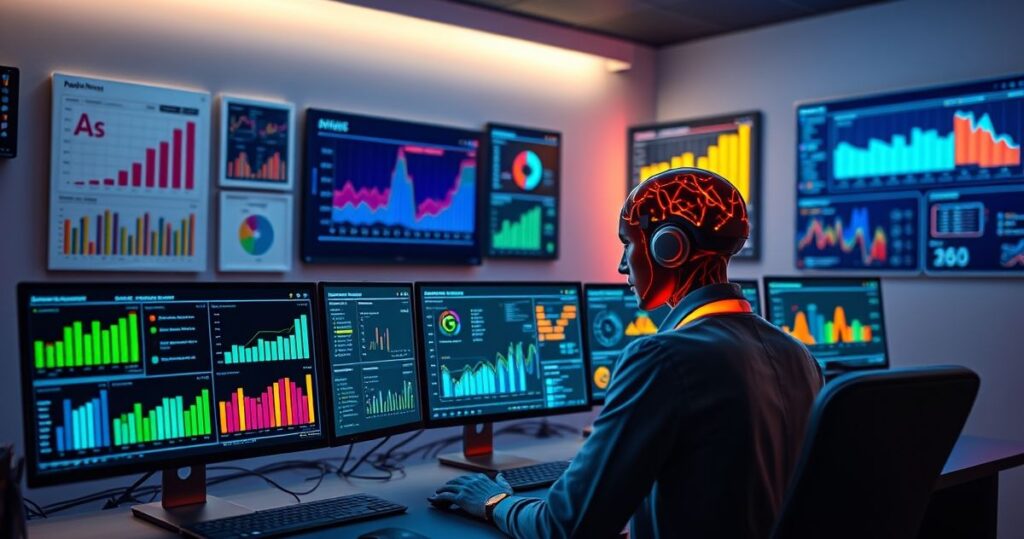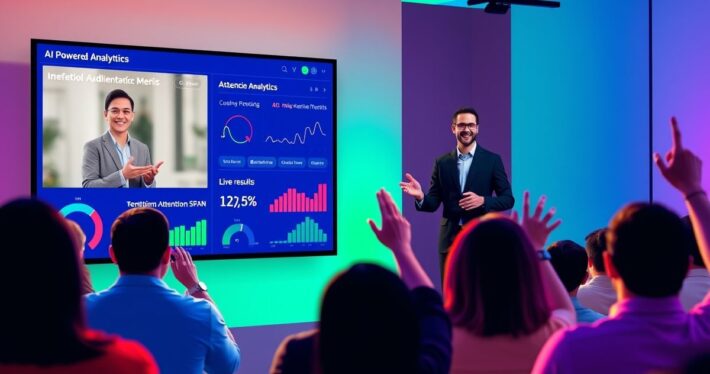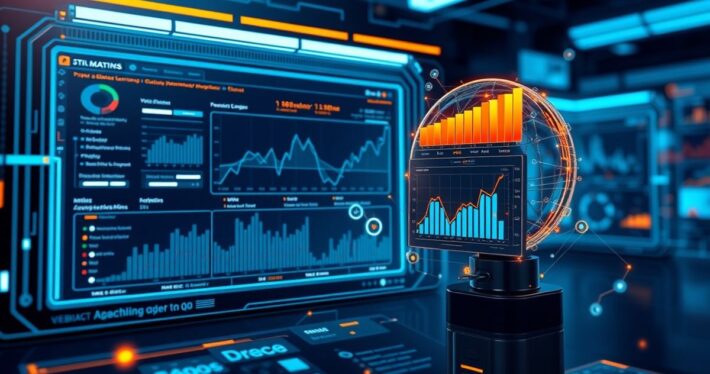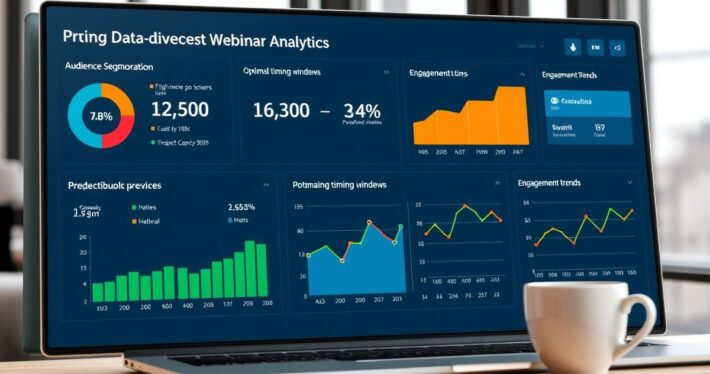How AI predicts the perfect time to host a webinar.

How AI Predicts the Perfect Time to Host a Webinar
Imagine this: You’ve spent weeks crafting the perfect webinar content, designing slides, and preparing your pitch. On the big day, attendance is abysmal. The problem? Timing. The good news? AI can prevent this nightmare. In today’s fast-paced digital landscape, artificial intelligence has become a critical tool for predicting the optimal time to host webinars, ensuring maximum attendance and engagement. But how exactly does it work? And how can you leverage this technology to supercharge your webinar success?
Let’s dive in.
Why Timing Matters in Webinar Success
Timing is everything in digital marketing—especially for webinars. Host too early, and your audience is still sipping coffee, barely awake. Host too late, and they’re zoning out after a long workday. According to industry data, webinars held at the wrong time can see attendance rates drop by 50% or more.
AI solves this by analyzing massive datasets to pinpoint when your audience is most likely to show up. It’s like having a marketing strategist, data scientist, and calendar guru rolled into one. But here’s the kicker: AI doesn’t just look at the clock. It considers factors like time zones, audience behavior, historical data, and even seasonal trends.
How AI Determines the Perfect Webinar Time
1. Analyzing Audience Behavior Patterns
AI tools track your audience’s online activity—when they open emails, click links, or engage with similar content. By identifying patterns, AI can predict when your leads are most active and receptive.
2. Time Zone Optimization
If your audience spans multiple time zones, AI can calculate a “sweet spot” time that works for the majority. No more guessing whether to host at 10 a.m. EST or 3 p.m. PST.
3. Seasonal and Industry Trends
AI doesn’t just look at daily habits—it considers broader trends. For example, if your audience is in education, hosting during the summer might be a no-go. AI flags these nuances so you don’t have to.
4. Competitor Analysis
Ever hosted a webinar at the same time as a major industry event? (Cringe.) AI scans the calendar to ensure your event doesn’t clash with competitors or holidays.
5. Historical Data Insights
AI learns from your past webinars. Did that 11 a.m. Wednesday slot work last month? It’ll recommend something similar. Did a Friday afternoon flop? It’ll steer you clear.
Real-World Application: A Case Study
Let me share a quick story. One of my clients—a SaaS company—was struggling with webinar attendance. They’d tried everything: morning, afternoon, you name it. But their attendance rates hovered around 30%.
Enter AI. We plugged their audience data into an AI scheduling tool, which analyzed their leads’ behavior, time zones, and past webinar performance. The result? The tool recommended a 1 p.m. EST time slot on Thursdays.
The outcome? Attendance skyrocketed to 72%. Not only that, but their conversion rate jumped by 40%. That’s the power of AI-driven timing.
The Tools That Make It Happen
Now, here’s where it gets interesting. There’s no shortage of AI tools designed to help you nail that perfect webinar time. Here are a few standouts:
| Tool | Key Feature |
|---|---|
| Zoom AI Scheduler | Analyzes attendee availability and time zones |
| HubSpot Webinar Timing | Uses CRM data to predict optimal slots |
| Demio AI Insights | Tracks historical performance for smarter scheduling |
| Eventbrite AI Planner | Considers competitor events and seasonal trends |
Common Mistakes to Avoid
Let’s be honest: AI is powerful, but it’s not foolproof. Here are a few mistakes I’ve seen marketers make:
-
Ignoring Audience Input
AI can crunch numbers, but it can’t replace direct feedback. Always survey your audience to confirm AI’s recommendations. -
Overlooking Time Zone Complexity
If your audience is truly global, consider hosting multiple sessions at different times. AI can help here too. -
Relying Solely on AI
AI is a tool, not a magic wand. Combine its insights with your industry knowledge for the best results.
How to Get Started with AI-Driven Scheduling
Ready to harness AI for your next webinar? Here’s a quick action plan:
-
Choose the Right Tool
Pick an AI scheduling tool that integrates with your existing tech stack. -
Feed It Data
Input your audience’s time zones, past webinar data, and engagement metrics. -
Test and Iterate
Run a few webinars using AI’s recommendations and track the results. Tweak as needed. -
Combine with Other AI Tools
Pair scheduling tools with AI-powered content creators for a seamless, high-converting experience.
The Future of AI in Webinar Timing
As AI continues to evolve, its predictive capabilities will only get sharper. We’re talking real-time adjustments (like rescheduling if registration spikes) and hyper-personalized recommendations (like



